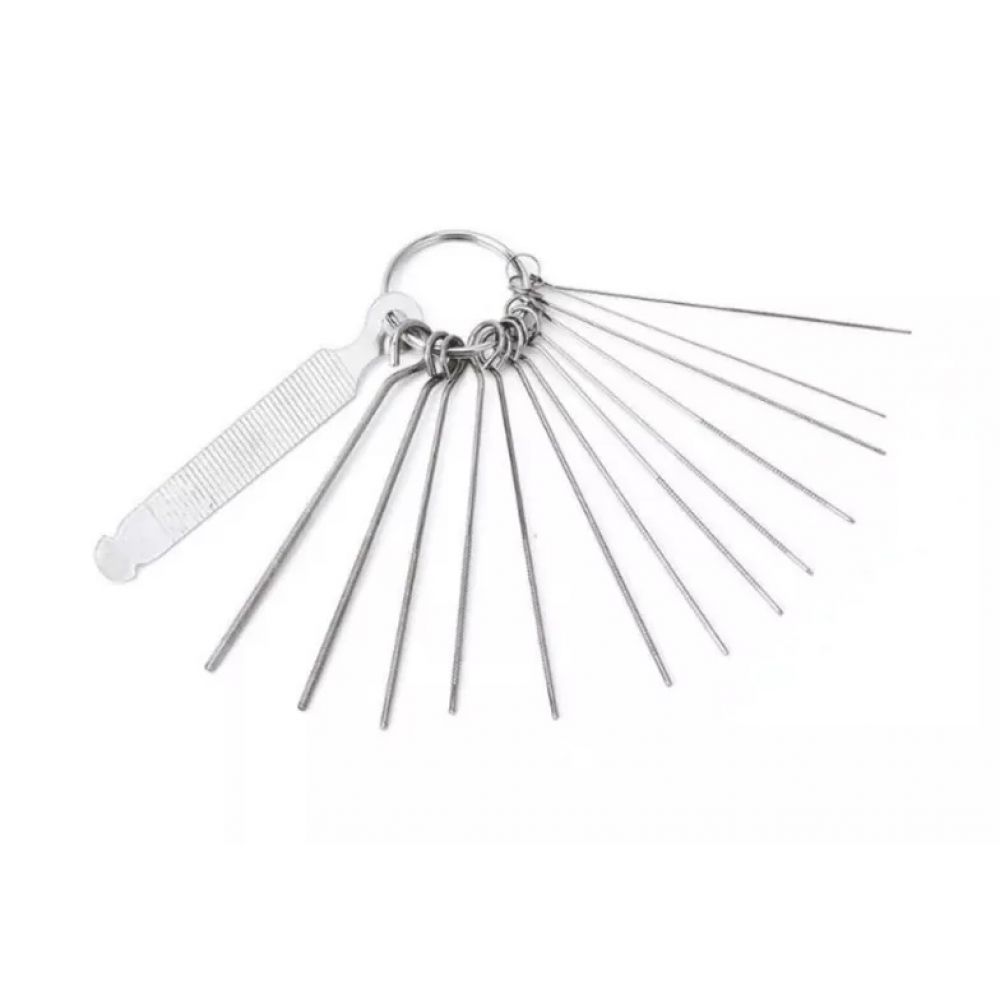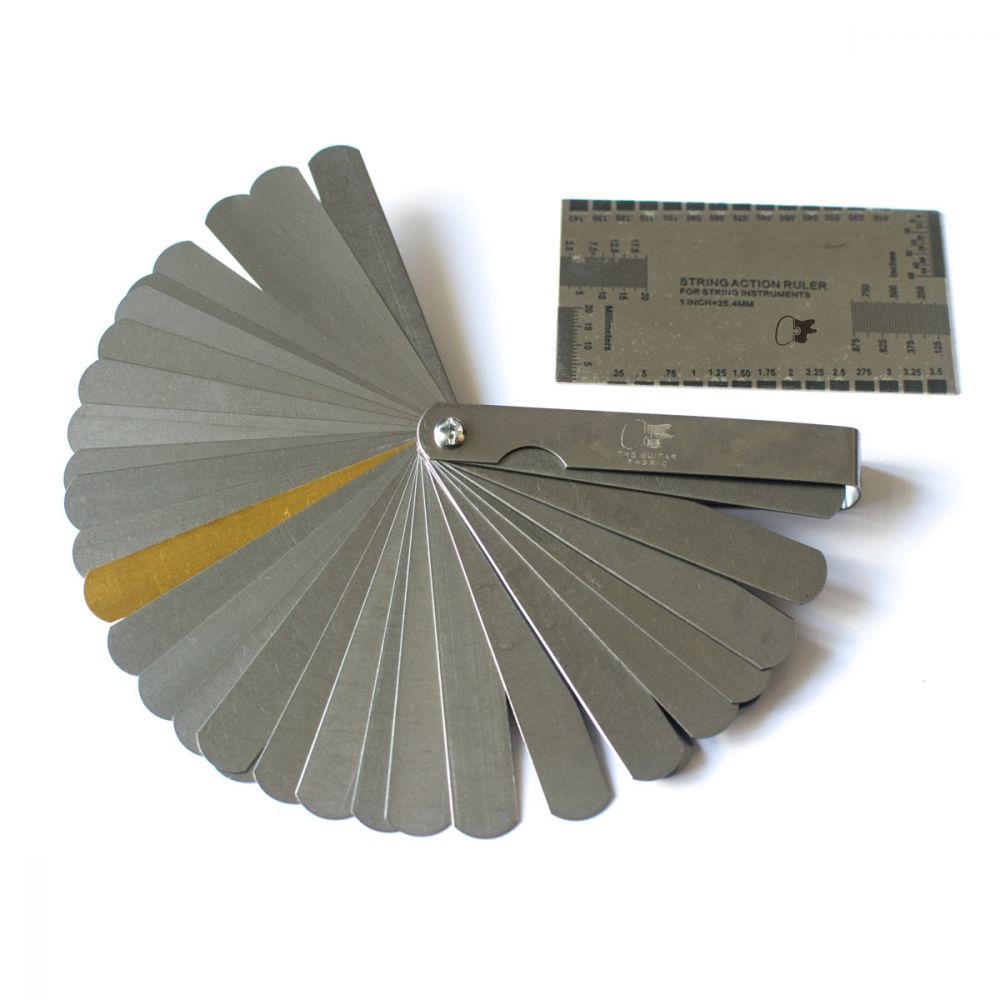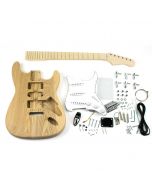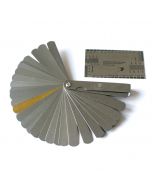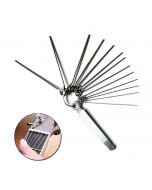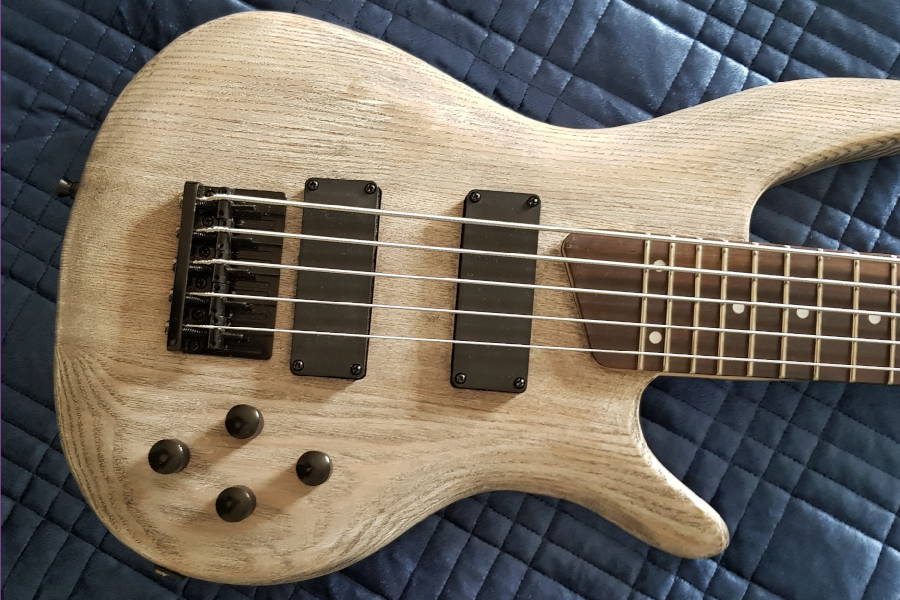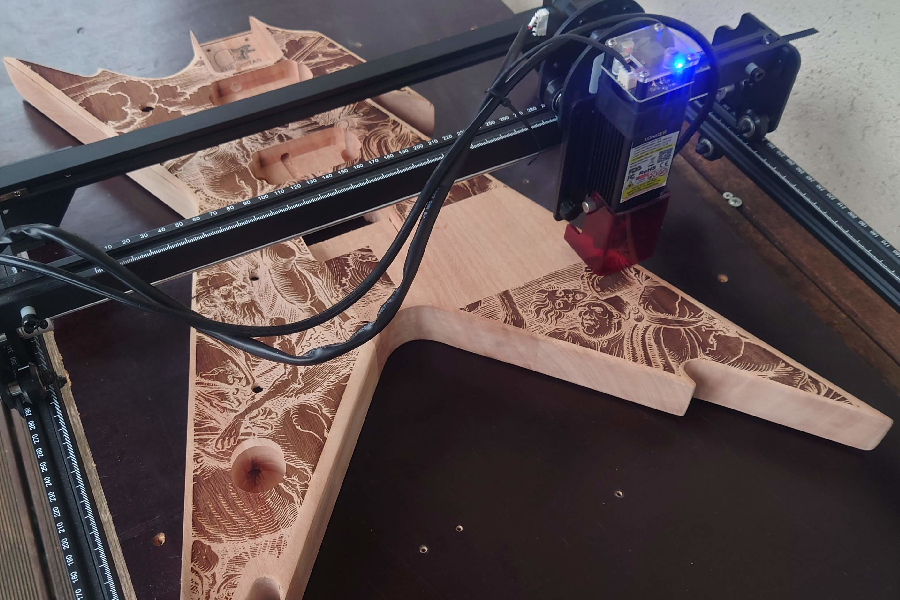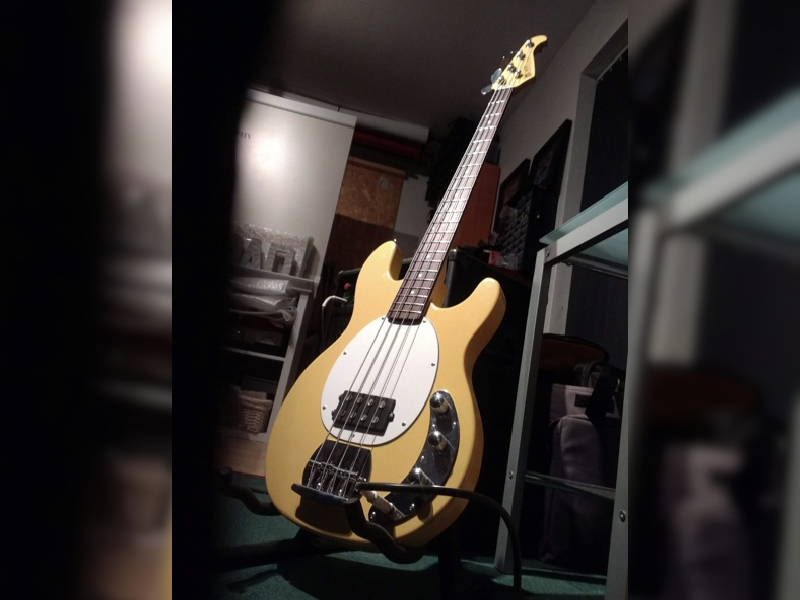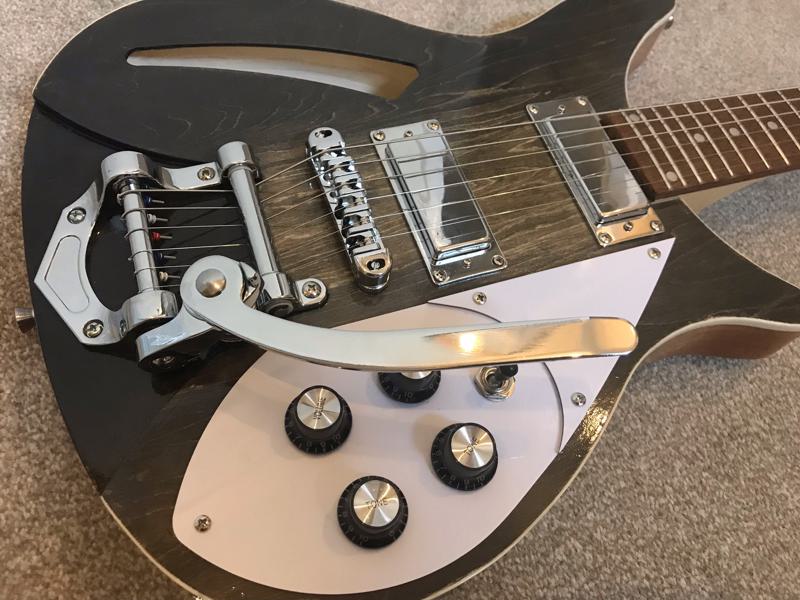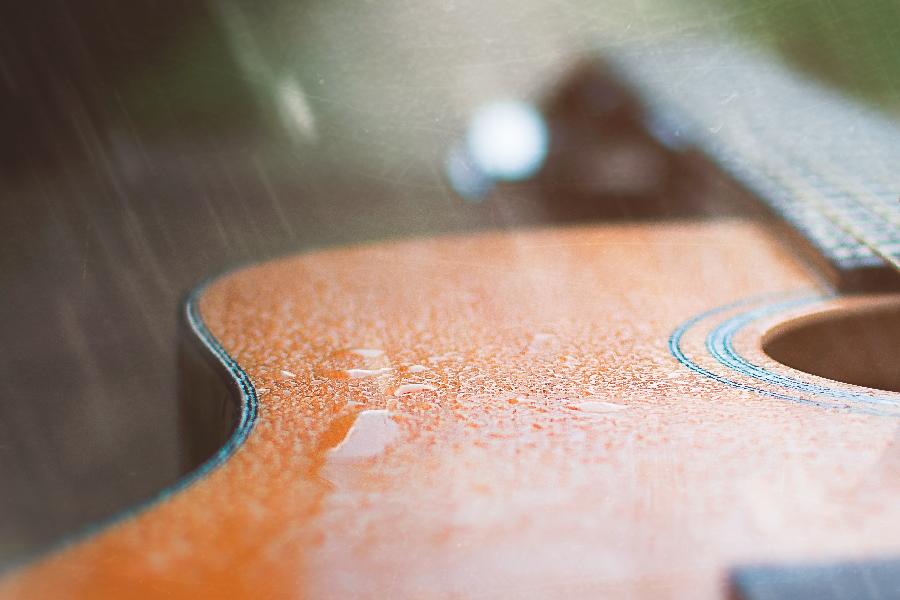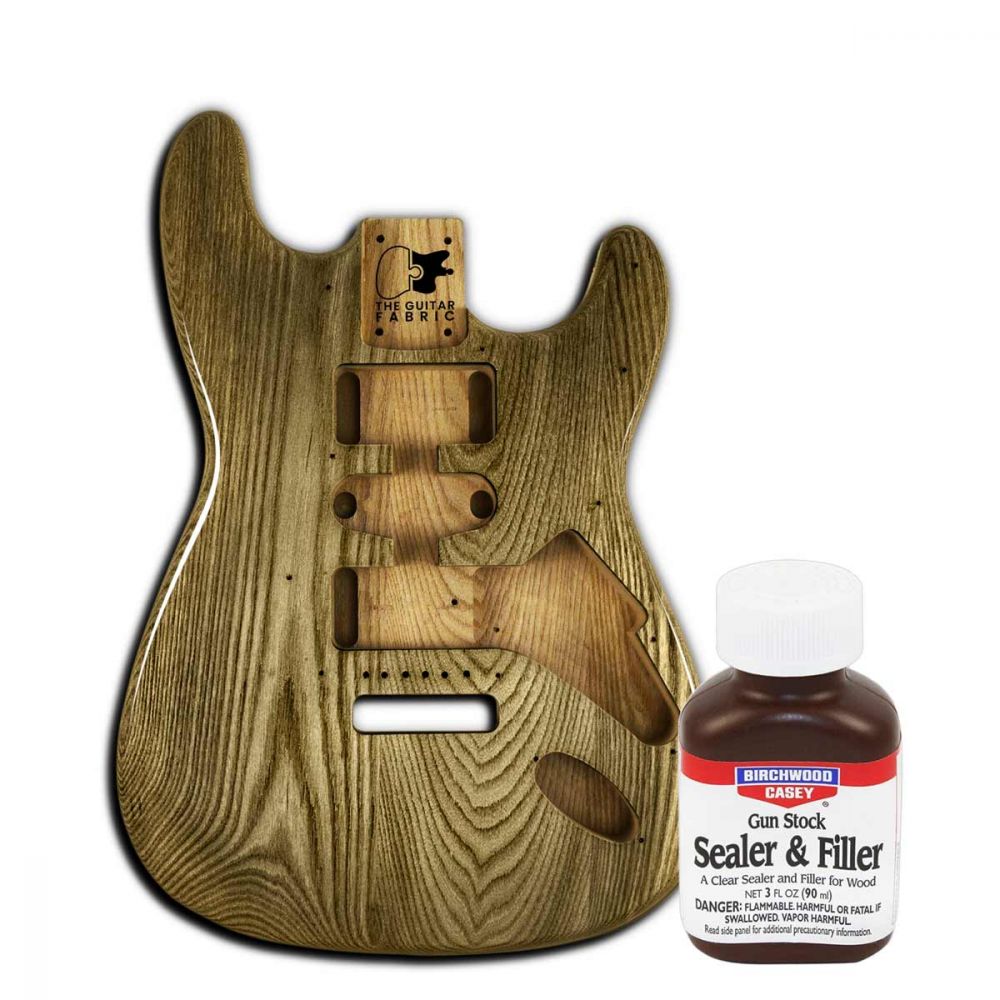GUITAR NUT ADJUSTMENT FOR OPTIMAL ACTION
- The Guitar Fabrik
- BUILD, SETUP & TUNE GUITAR
- Sep 20, 2023 views
- 595
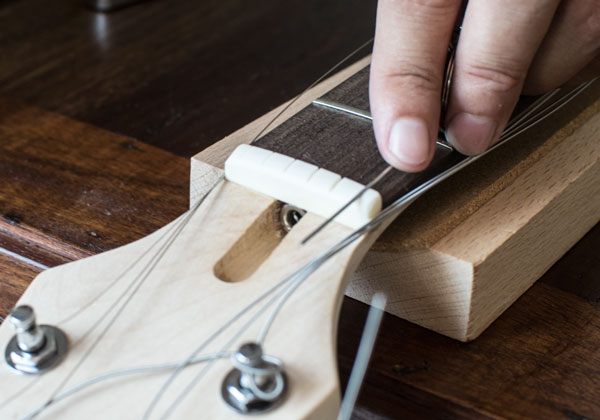
NUT ADJUSTMENT TO CONTROL STRING ACTION
In order to set up your guitar to achieve the desired string action, there are various levers you can use. One of these levers is to file or elevate the nut. In this article, we will review how to adjust the nut to either increase or reduce string action.
Understanding the Nut: A Key Component of Guitar Setup
The nut, located at the end of the fingerboard, is a critical component that influences string spacing, height above the first fret, and overall playability. Over time, the nut may require careful adjustment or replacement to address wear and tear.
Before Adjusting Your Nut
Before making slot depth adjustments, ensure the proper saddle height and truss rod settings. Note that string slots that are too deep can lead to buzzing. Adequate slot depth and width prevent open string buzzing while accommodating vibration.
If, after making other adjustments, the string action is still not to your liking, particularly near the first frets, you might want to take action on the nut. Assuming the truss rod and bridge have already been adjusted, there are two cases:
- Your string action at the first fret and below is too high: you need to the nut.
- Your string action at the first fret and below is too low: you need to elevate the nut.
Re-shaping the Nut Slot to Adjust String Action
Fine-Tuning Slot Width, Angle, and Shape: Each string slot should slightly exceed the string's diameter to prevent binding and tuning issues. Proper slot angle ensures clear sound; excessively steep angles risk premature wear. Nut height and final shape ensure the strings remain secure without excessive burial. Note that the provided strings in your guitar kit have gauges of .009 / .011 / .016 / .022 / .032 / .042 inches.
Reduce String Action: Push the sixth string down between the second and third frets. The space between the top of the first fret and the bottom of the string should be about .006 inches or just about the thickness of a sheet of paper. If the gap is wider than .006 inches, you should deepen the slot with a small needle file until it is correct. DO NOT FILE TOO DEEP!
Increase String Action: Preserving the original nut is recommended. Raising action involves laminating matching material, offering permanence and ease of removal. If the slot is too deep, you can fill the slots with a mixture of white plastic sanding dust and super glue, and then re-shape the slot.
Repeat this procedure for the other five strings. The action at the nut is either right or wrong; it is not a matter of personal preference.
Additional Comments
Securing Loose Nuts: For loose nuts, a few drops of wood glue can reattach them, ensuring easy removal if needed.
Lubricating Nut Slots: Occasionally, lubricating nut slots with white graphite reduces friction, binding, and pinging.
Removing the Nut: Before starting to remove the nut, to prevent chipping, score the paint around the nut's sides and across the peghead using a fresh X-acto blade when the finish is thick. From there, you have two types of guitar nuts that are more or less challenging to remove:
- Only one side is supported by wood (the fingerboard): Removing is simple – a gentle tap with a hammer and a wooden block often suffices.
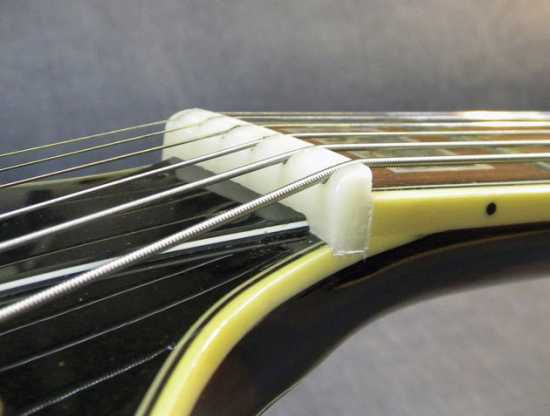
- Nuts nestled within a channel, supported by both the peghead and fingerboard, present a different challenge. Tapping these forward risks damaging the nut and peghead veneer. Nuts seated within a channel can be coaxed out by tapping them sideways or gripping them with blunt-end nippers. Some may require creating a relief kerf or even sawing them in half to avoid damage.
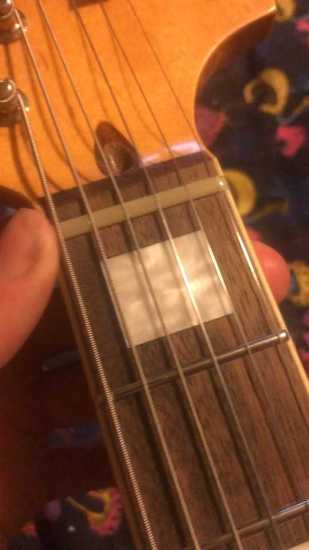
In conclusion, understanding the nut's role in your guitar setup is crucial for achieving optimal playability and sound. Whether you need to adjust the string action at the first fret or address other issues like open string buzzing, the nut plays a pivotal role. Remember to fine-tune slot width, angle, and shape carefully, ensuring the right balance to prevent binding and tuning problems. When necessary, you can either file the nut to lower the action or elevate it to increase string action. Additionally, securing loose nuts and lubricating nut slots are important maintenance steps. When removing the nut, be cautious to prevent damage, especially with nuts nestled within a channel. Proper nut care is essential to fully enjoying your guitar’s potential.
Related Products
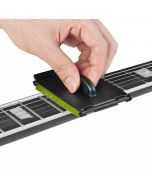
Related Posts
- The Guitar Fabrik
- Jun 27, 2025
- 200views
IBANEZ CUSTOM BASS SHOWCASE
- The Guitar Fabrik
- May 29, 2025
- 328views
B.C. RICH CUSTOM GUITAR SHOWCASE
- The Guitar Fabrik
- May 1, 2025
- 135views
MUSIC MAN CUSTOM BASS SHOWCASE
- The Guitar Fabrik
- Apr 28, 2025
- 550views
 UK
UK FR
FR DE
DE IT
IT ES
ES
